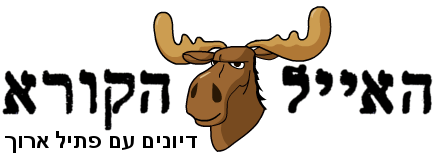|
I'm not deeply familiar with string theory, but I can imagine a small closed loop, let's say a circle, which looks from a distance like a dot. I can also imagine a cylinder with a finite small radius which looks from a distance like a line. That cylinder has one infinite dimension running along it, which is visible at any scale, and another compact dimension which is visible only on a scale small enough. This compact dimension must be quantized, as phi(r,z) should be equal to phi(r+2pi*n*R,z) for any r, where R is the radius of the comapct dimension.
The mirroring operator (let's tag it P) simply flips x with -x, like a mirror. which means Px=-x (that's an eigenvalue equation, -1 is the eigenvalue of P). Please warn me if I'm relating to stuff you haven't previously encountered, when I say for instance that x^2 is conserved under mirroring, thus x^2 commutes with P. Px^2=x^2P, thus [P,x^2]=0 - the commutator is 0. Any symmetric function surely commutes with P.
If a particle has an extra dimension through which to flip upsidedown to its mirror image, then it should be conserved under mirroring. Its wavefunction should commute with P.
Now, since we know chiral molecules do not spontaniously switch to one another, then I assume we can deduce they have no extra dimension to 'flip through'. If string theory allows particles to 'flip through' those compact dimensions, which is something I honestly don't know, then we can limit the radius of these dimensions to the lowest scale at which we can tell that a particle doesn't flip to its image. Spin-up electrons do flip to spin-down states, but molecules don't flip to their mirror-molecules.
|





 RSS מאמרים |
כתבו למערכת |
אודות האתר |
טרם התעדכנת |
ארכיון |
חיפוש |
עזרה |
תנאי שימוש והצהרת נגישות
RSS מאמרים |
כתבו למערכת |
אודות האתר |
טרם התעדכנת |
ארכיון |
חיפוש |
עזרה |
תנאי שימוש והצהרת נגישות
